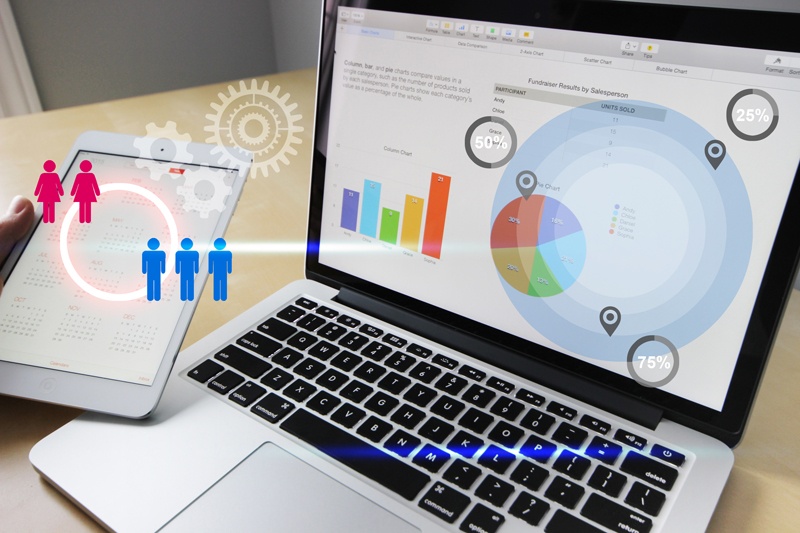

Retail business owners often face inventory management issues that hinder the development of long-term customer relationships.
Using computer vision in retail inventory management is an innovative solution that helps establish a robust operating model to achieve business goals.
The retail industry is highly sensitive to customer needs and therefore requires continuous investment to improve the consumer experience. The application of computer vision in retail has helped enhance inventory management, a vital aspect of the retail industry. This technology provides an ideal solution as it involves multiple interdependent processes that ultimately impact the delivery of the product. Even small errors in this chain of processes can pose a threat to customer satisfaction and corporate reputation.
Computer vision is a field of artificial intelligence (AI) that replicates the human eye to enable computers to recognize and process object. It generates data in real time from images and videos collected by drones, robots and cameras installed in department stores and warehouses. By analyzing this data, operational needs can be met, sales output can be increased, and consumer experience can be improved. According to RIS' 29th annual retail study, more than 40% of retailers will adopt computer vision technology for business operations within the next two years. There are multiple benefits of using computer vision in retail inventory, such as:
Applying computer vision technology to retail inventory management , providing a feasible solution for reducing out-of-stock rates, improving shelf availability and optimizing the overall consumer experience. Ineffective management of products on shelves can result in significant revenue losses for retailers as customers may switch to competing suppliers due to unsatisfactory experiences. To overcome these challenges, AI-powered computer vision cameras monitored by software can perform quality checks, identify defects, predict product demand, and prevent damaged goods from reaching end users. Additionally, these systems can order in-demand products from suppliers, further streamlining the inventory management process.
The retail industry often faces labor shortages and needs to optimize and rationally allocate human resources. To solve the inventory tracking task, retailers can implement computer vision-enabled cameras that leverage barcode reading and inventory movement tracking to identify where products are stored. Inventory tracking through computer vision also helps prevent misplaced items, which can delay product delivery and require additional time from store employees to locate. By leveraging computer vision technology, retailers can accurately track products and reduce associated costs.
Retailers can use computer vision technology to conduct inventory audits in department stores. By assigning employees to capture images of the shelves, these images will be processed by on-device computer vision. Analyzing the resulting data provides store managers with insights and analytics, allowing them to inspect in-store shelves and identify any inconsistencies so they can take appropriate corrective action.
Achieving more accurate and consistent product forecasting can lead to overstocking issues, resulting in additional costs and Risks, such as increased storage costs and potential inventory obsolescence. Retailers can mitigate these challenges by leveraging computer vision technology, which relies on previously collected data to improve forecast accuracy.
With the continuous innovation of technology, the application of computer vision in retail inventory management is becoming more and more friendly, economical and accurate. This encourages retail business owners to leverage technology to boost their business without having to make major changes to business operations. With the help of computer vision, retail business owners can increase sales, build long-term customer relationships, and seamlessly optimize their operations.
The above is the detailed content of Computer vision is changing the retail industry. For more information, please follow other related articles on the PHP Chinese website!
 Application of artificial intelligence in life
Application of artificial intelligence in life What is the basic concept of artificial intelligence
What is the basic concept of artificial intelligence What types of css selectors are there?
What types of css selectors are there? rgb to hexadecimal conversion
rgb to hexadecimal conversion oracle database recovery method
oracle database recovery method How to use filter function
How to use filter function Which is more worth learning, c language or python?
Which is more worth learning, c language or python? Configure java environment variables
Configure java environment variables



